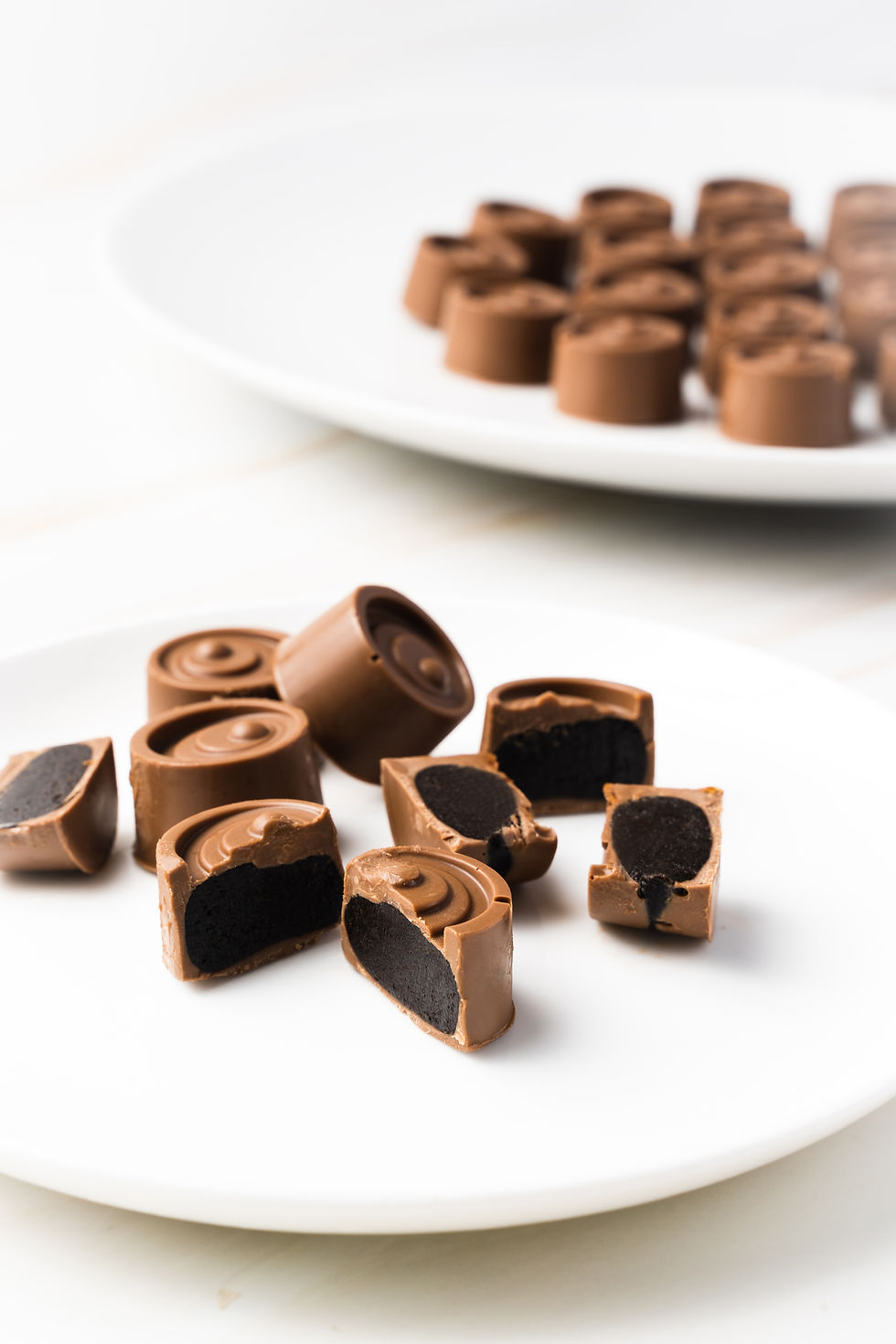Is FEVER your WORST nightmare?
- Anjum Rahmatulla
- Nov 5, 2022
- 4 min read
Updated: Jul 25, 2023

Fever is nature’s way of fighting infection.
It is NOT an illness in itself.
Normal body temperature varies between 36-37 Celsius or 98-100 Fahrenheit. It also varies between individuals as well as time of day. Fever is considered significant when it rises above 100 F or 38C. it is usually accompanied by symptoms such as:
-lethargy -exhaustion - body aches - headache - weakness - loss of appetite - shivering and/or chills - increased perspiration - confusion - hallucinations in high fever.
A study published in the Journal of Allergy and Clinical Immunology Feb 2004 found that children who ran a fever during their first year were less likely to develop allergies later in childhood than children who did not have fever.
Yet, despite more research backing up the view that fever (unless very high in children) is not something to be scared of, it is still regarded with intense fear by many parents. It is estimated that 2-5% of American infants between 2-5 years get febrile (fever associated) seizures.
No one wants to see a child getting febrile seizures – it is scary.
As a parent, you always have to balance supporting your child’s immune system appropriately with their safety. If a fever reaches 104F/40C, that is regarded as medically dangerous, and medical intervention may be required and necessary.
If the fever is mild and does not go above the ceiling mentioned, homeopathic support can help the body fight infection and promote healing
So what homeopathic help is available for supporting the body in dealing with a fever?
REMEDIES
There are many remedies to consider, depending on WHAT the patient is feeling and HOW they are feeling it. Here are some remedies I would consider for the start of a fever.
FERRUM-PHOS

This remedy is good for when there is no one place in the body that is affected at the start of feeling unwell. There is a feeling of unease, that something is not quite right with prostration, easy flushing of face before the onset of a cold or cough or sore throat. The chest tends to be the weak area. The symptoms are vague.
Look out for
- nosebleeds
- restless sleep
- sensitivity to noise
- fever
- Worse at night, 4-6am, right side
- Better lying down, cold applications
ACONITE

You can consider Aconite for fever at the very start of an illness (24-48 hours).
The patient will feel cold and then hot. Fever is burning and dry at night with a flushed face. The face may be hot and red alternating with being cold and pale when a child is teething. The chilliness is most marked after going to bed and
Aconite comes in waves.
Look out for the following which will indicate it’s use:
Symptoms come on quickly after exposure to a cold, dry wind/draft.
Intense thirst.
Anxiety, fear, distress and restlessness are very marked and distinguish it from Belladonna..
Pains (sore throat/ears, head) unbearable
Worse at night especially before/around midnight, warm room
Better: fresh air
BELLADONNA
Belladonna

A Belladonna fever also comes on swiftly like Aconite. It will be a burning throbbing fever which radiates heat especially from the head, but the feet will be icy cold. The skin will feel dry and hot, and alternate with feeling sweaty and moist.
Look out for the following which will indicate it’s use:
Symptoms can come on after the head gets wet.
Children can become obstinate and difficult, and can be angry rather than scared.
Hot red flushed face and bright glaring eyes.
Agitated and restless
Delirious
Strawberry tongue
Worse: 3am and 3pm, light, noise
Better: resting in bed
BRYONIA A Bryonia fever, unlike Aconite and Belladonna, will come on slowly over a few days and is likely to be accompanied by a headache and dryness in the mouth. The patient will be irritable and grumpy (the bear) and feel very thirsty. They will feel hot internally with easy sweating if they exert themselves. Look out for:

Symptoms which come on when getting chilled after being overheated.
The right side of the body feeling hotter than the left.
Painful, stitching, bursting headache
Fever without sweat
Wanting to go home
Worse: any movement or exertion, warmth, 9pm
Better: pressure, rest, staying still, cold Bryonia drinks, fresh air
EUPATORIUM PERFOLIATUM
Eupatorium-perf

This remedy is best known for pains in the bones when suffering from flu or fever. Chills can come on between 7-9am preceded by great thirst and aching in the bones. The heat of the fever may be accompanied by nausea and vomiting and a throbbing headache. There are intense bone pains all over, with a feeling that the bones are broken.
You might also see:
Restlessness
Sore eyeballs
Throbbing headache
Unquenchable thirst for cold drinks
Perspiration gives relief except in a headache.
Worse: cold air, 7-9AM,
Better: Conversation, sweating
GELSEMIUM
Gelsemium

The onset is slow for those needing Gelsemium. Dull, dizzy, drowsy are the 3 Ds associated with Gelsemium. They feel chills up and down the back/spine, heat alternating with sweat. The heat is burning without sweat.
A fever can be accompanied by:
Heaviness in the body, particularly the head
Dizziness and faintness
Thirstlessness
Dusky hue
Desire to be left alone
Listlessness
Worse: damp weather, 10am, over-excitement
Better: open air, urination, sweating
STREPTOCOCCINUM
There will be a sudden, violent onset of fever with a sore throat and/or other septic conditions.
Accompanying symptoms:
Intolerance of noise and light
Swollen cervical glands
Swollen infected tonsils
Laryngitis
Strawberry tongue
Fast pulse
Thirstlessness
Worse: wet weather
Thank you for reading this blog. I hope you found it useful.
If you are considering whether homeopathy is worth exploring for yourself or your family just now, feel free to schedule a free introductory call with me to see how I work and to ask questions:




Commenti